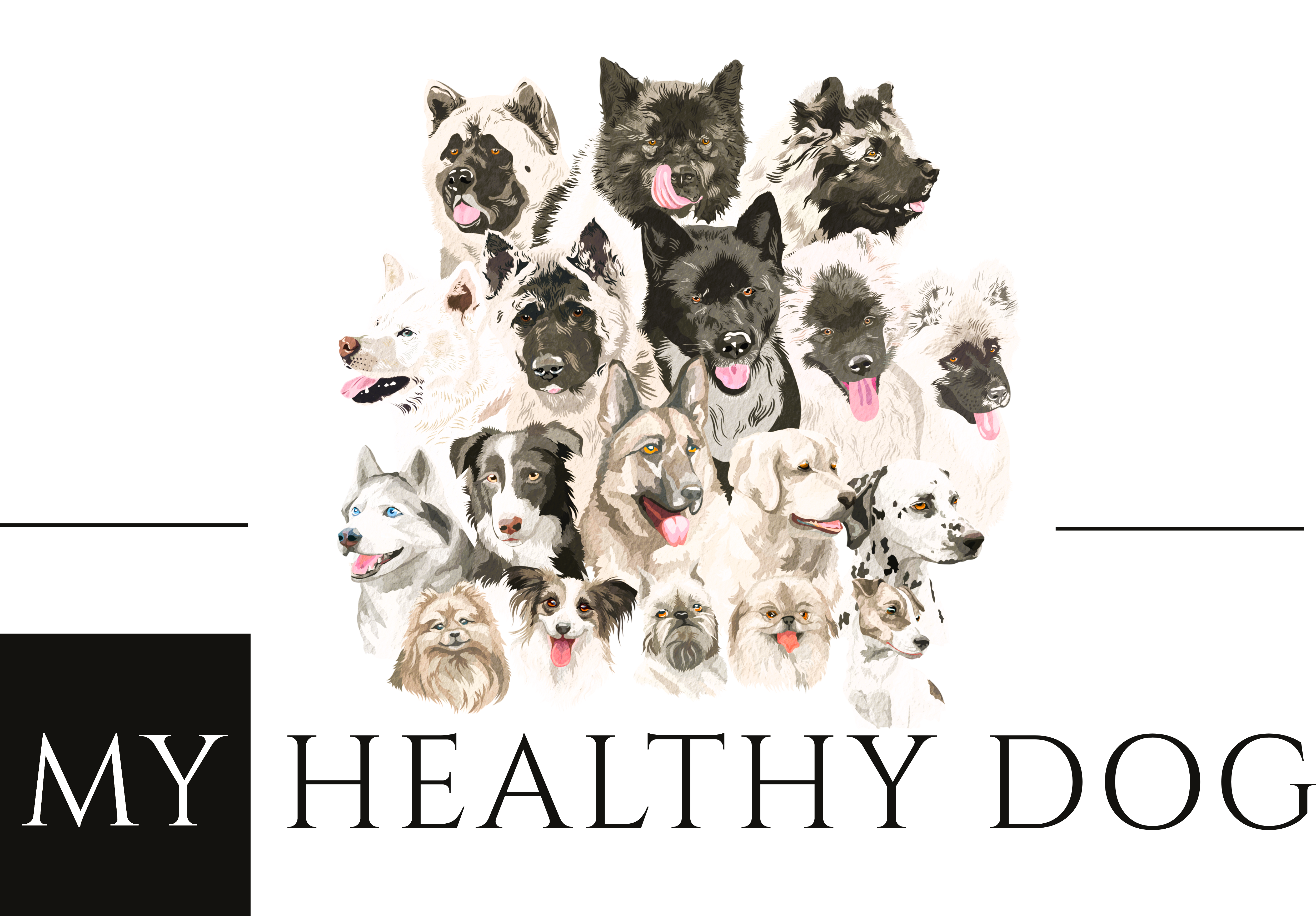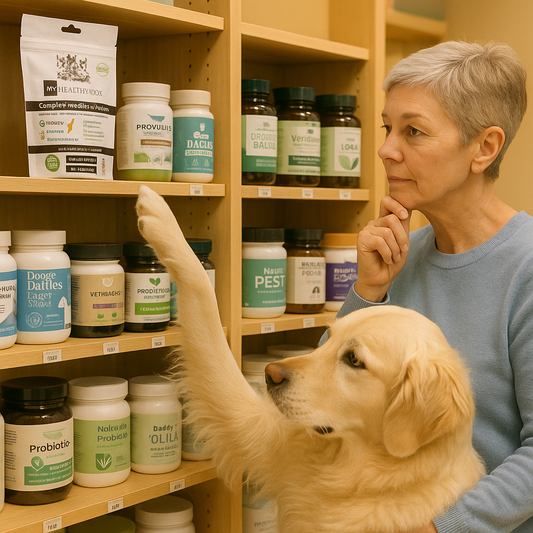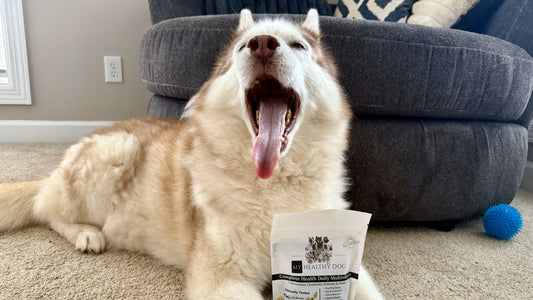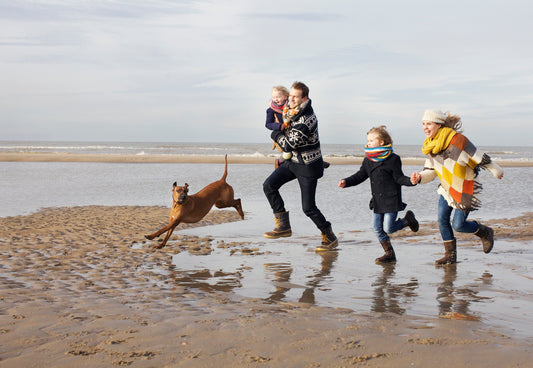The Bulldog, often recognized as the quintessential British mascot, epitomizes unwavering loyalty and distinct charm. Known for its characteristic shuffle and resolute expression, the Bulldog has a storied history and a personality that endears it to many. This comprehensive guide explores the Bulldog's origins, distinct features, and everything prospective owners need to know to care for this beloved breed effectively.
Breed Summary
Country of Origin: United Kingdom
AKC Breed Popularity: Ranks 5 of 196
AKC Classification: Non-Sporting Group
UKC Classification: Companion Dog
Exercise Requirements: 20-40 minutes/day
Height: Female: 16 in.; Male: 17 in.
Weight: Female: 50 lbs.; Male: 54 lbs.
Physical traits: Medium-sized, Heavy, Powerful
Coat: Length: Short
Characteristics: Straight
Colors: Brindle, piebald, solid red, fawn or white
Overall Grooming Needs: Low
Personality traits/Temperament: Friendly, Courageous, Calm
Energy Level: Laid back
Tendency to Drool: High
Tendency to Snore: High
Tendency to Bark: Low
Tendency to Dig: Low
Social/Attention Needs: Moderate
Origin of the Bulldog
Originally bred in England for bull-baiting, a popular sport in the 1200s through the 1800s, Bulldogs were designed to latch onto a bull's nose and not let go. After bull-baiting was outlawed in 1835, the breed was nearly extinct. However, dedicated breeders reshaped the Bulldog's future by focusing on tempering its aggressive traits. Today's Bulldog is a much more affable companion, embodying courage and docility in equal measure.
Appearance
Bulldogs are medium-sized dogs with a heavy, muscular build. They stand about 14 to 15 inches tall and weigh up to 50 pounds. Their most notable features are their wrinkled face, pushed-in nose, and stocky legs, which give them a distinctive, slow-moving gait. The breed has a short, fine coat that comes in various colors, including white, fawn, red, or piebald.
Temperament
Despite their somber appearance, Bulldogs are known for their affectionate and dependable nature. They are remarkably gentle and patient with children, making them excellent family pets. Bulldogs are also known for their courageousness and excellent guarding capabilities, yet they maintain a friendly demeanor towards familiar faces. Their calm disposition makes them well-suited for apartment living as they do not require a vast space to roam.
Health Outlook
Bulldogs typically have a lifespan of 8 to 10 years. They are prone to a range of health issues, primarily due to their brachycephalic (flat-faced) nature, including respiratory problems, skin infections, and hip dysplasia. Skin folds can trap dirt and moisture, leading to infections if not cleaned regularly. Using a premium dog shampoo can help prevent dermatitis and maintain healthy skin and coat. Regular veterinary check-ups are crucial to managing their health.
Nutritional Requirements
Bulldogs need a balanced diet that supports their bone structure and helps manage weight to prevent joint stress. Obesity is a common issue in the breed, so careful monitoring of diet and caloric intake is essential. Including a complete healthy multivitamin can support overall health, particularly concerning their skin, coat, and joint health.
Exercise Requirement
Though not particularly energetic, Bulldogs require regular exercise to prevent obesity and maintain cardiovascular health. Short walks and light play sessions are sufficient, as the breed can easily become overheated due to its respiratory constraints.
Pros and Cons of Owning a Bulldog
Pros:
- Friendly and docile nature makes them excellent companions.
- Requires minimal exercise, suitable for less active owners.
- Good with children and other pets.
Cons:
- Prone to significant health problems.
- Can be stubborn, requiring patient and consistent training.
- High maintenance in terms of grooming and health care.
Space Requirements
Bulldogs are well-suited to apartment living due to their size and low energy levels. However, they should have enough room to move about comfortably, and their environment should be kept cool to prevent overheating.
Suitability for Elderly
Their low exercise needs and affectionate nature make Bulldogs suitable for the elderly, provided they can meet the grooming and healthcare requirements.
Suitability for Kids
Their gentle disposition makes Bulldogs wonderful pets for families with children. They are tolerant and protective, often forming strong bonds with younger members of the household.
Cost
The cost of a Bulldog puppy can range significantly, typically between $1,500 and $4,000, depending on the lineage and the breeder's reputation.
What Should the Owner Be Like?
Bulldog owners should be patient and ready to handle a dog with potential health issues. They should also be prepared for regular grooming and health checks to maintain the dog's quality of life.
Fun Facts
- Bulldogs were once so associated with British culture that during World War II, they were often likened to Prime Minister Winston Churchill.
- Despite their tough exterior, Bulldogs ranked as one of the most popular breeds for city dwellers.
Conclusion
The Bulldog, with its lovable nature and distinctive appearance, makes a delightful addition to any family. Their loyalty and courage, coupled with a laid-back attitude, make them unique companions. With proper care, attention to health, and lots of love, Bulldogs can lead fulfilling lives as cherished members of their families.
Are you familiar with the Bulldog or have this wonderful breed in your family?
Share your stories in the comments!
Share the Article with friends!





